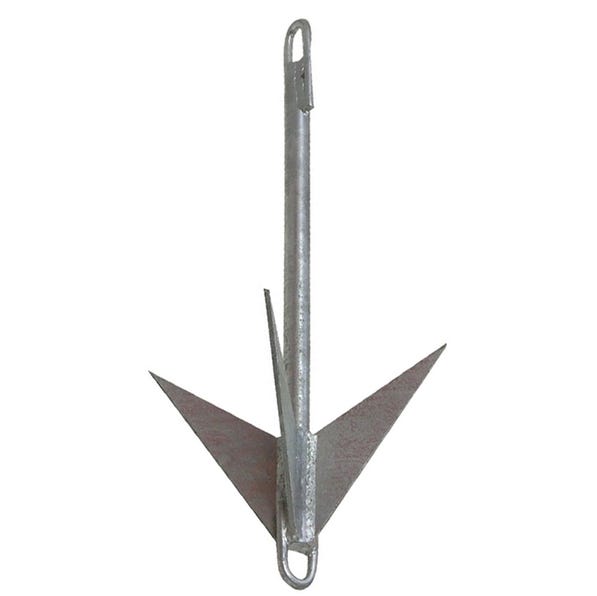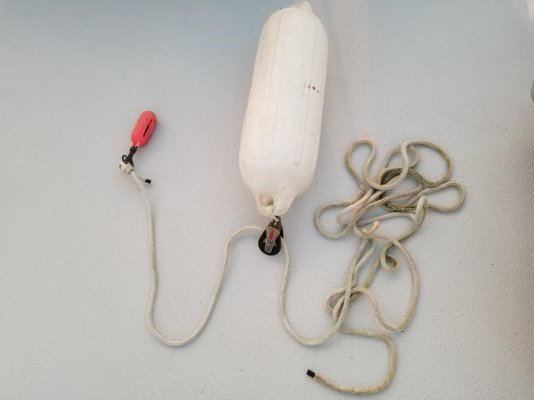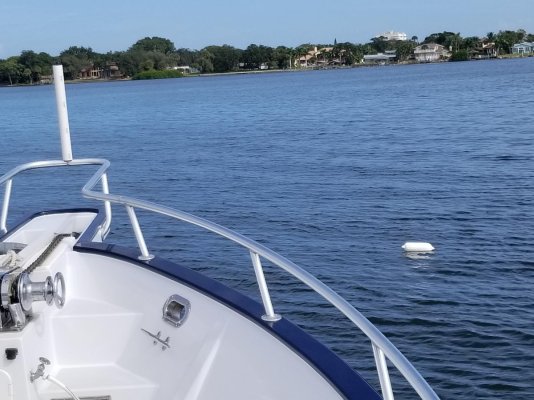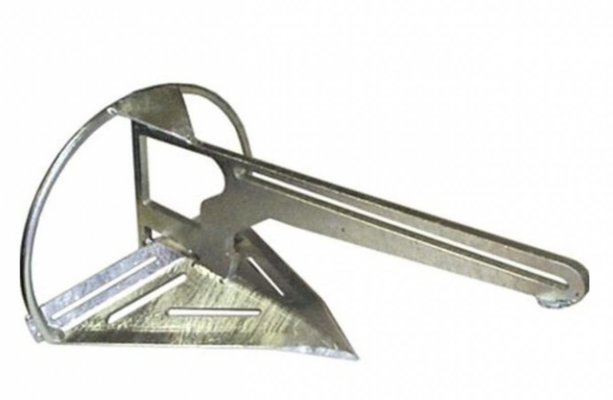Frank60
Veteran Member
- Joined
- Mar 16, 2020
- Messages
- 53
- Location
- United States
- Vessel Name
- About Time
- Vessel Make
- Meridian 368
I've read probably a hundred articles and posts on anchoring, and this is a new one on me. Anyone every try this or something similar? Thoughts? Seems like you're counting a lot on that zip tie. If it breaks when you don't want it to, the anchor could more easily release. Maybe good for a day anchorage but not overnight or when leaving the boat.
https://youtu.be/hUMuy6wzIJA
https://youtu.be/hUMuy6wzIJA





